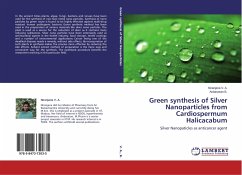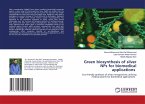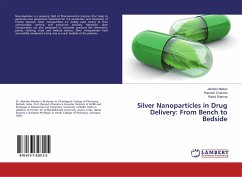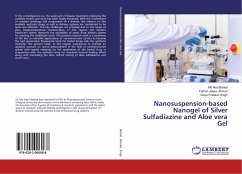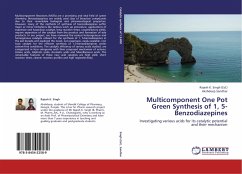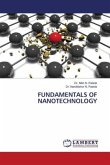In the ancient times plants, algae, fungi, bacteria and viruses have been used for the synthesis of non-toxic metal nano particles. Synthesis of nano particles by green route is found to be highly effective against multi-drug resistant human pathogenic bacteria. Green synthetic method has been used in the preparation of various materials like silver nano particles. The plant is used as a source for the reduction of silver as it contains many reducing substances. Silver nano particles have been extensively used as anti-bacterial agents in the health industry, food storage, textile coatings and a number of environmental applications. Cancer being one of the deadliest diseases needs a remedy, without side effects. By incorporation of such plants in synthesis makes the process more effective by reducing the side effects. Solvent extract method of preparation is the more easy and convenient way for the synthesis. The optimized procedure benefits the researchers working in this particular field.

